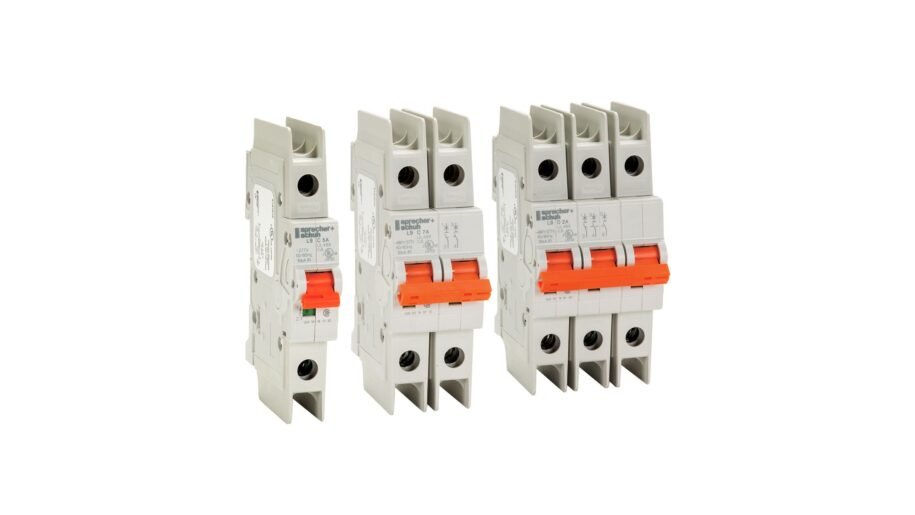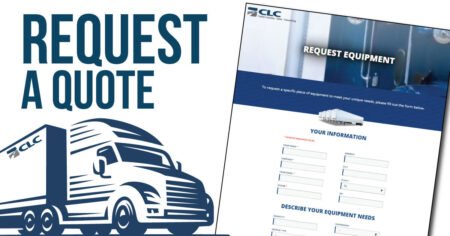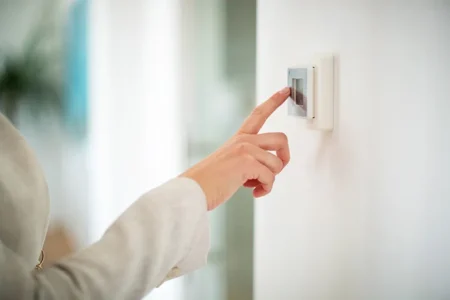Miniature Circuit Breakers (MCBs) are essential electrical safety devices that protect circuits from overloads and short circuits. They are widely used in residential, commercial, and industrial applications to ensure safe and efficient electrical distribution. Unlike traditional fuses, MCBs can be reset and reused, making them a more reliable and cost-effective solution.
In this article, we will explore how MCBs enhance overload protection, their working principles, and their key benefits.
1. What is a Miniature Circuit Breaker (MCB)?
A Miniature Circuit Breaker (MCB) is an electromechanical device designed to automatically disconnect a circuit when excessive current flows through it. MCBs are typically rated for currents up to 125A and are commonly used in low-voltage applications.
Unlike fuses, which melt when overloaded, MCBs trip and can be reset, eliminating the need for replacement after every fault.
2. How MCBs Provide Overload Protection
a. Detecting Overload Conditions
Overload occurs when the electrical current exceeds the safe limit of a circuit. This can be caused by:
✔ Connecting too many devices to a single outlet.
✔ Using appliances that draw excessive power.
✔ Malfunctioning electrical equipment.
When an overload is detected, the MCB interrupts the circuit, preventing wires and components from overheating and reducing the risk of fire.
b. Bimetallic Strip Mechanism
MCBs use a bimetallic strip to detect overloads. Here’s how it works:
✔ As current flows, the strip heats up and bends due to thermal expansion.
✔ When the current exceeds safe limits, the strip bends enough to trigger the trip mechanism.
✔ This disconnects the circuit and prevents damage.
c. Resettable Design
Once the fault is cleared, the MCB can be manually reset, restoring power without requiring replacement.
3. Additional Protection: Short Circuits and Safety Features
Besides overload protection, MCBs also guard against short circuits, which occur when live and neutral wires come into direct contact. To handle this, MCBs include:
✔ Electromagnetic Trip Mechanism – A solenoid quickly disconnects the circuit when a sudden spike in current is detected.
✔ High Breaking Capacity – MCBs are designed to handle short circuits safely, preventing damage to electrical systems.
✔ Quick Response Time – Modern MCBs trip within milliseconds, reducing the risk of fire and equipment failure.
4. Key Benefits of MCBs for Overload Protection
✔ Enhanced Safety – Prevents electrical fires, equipment damage, and overheating.
✔ Reliability – MCBs react quickly to faults and provide consistent protection.
✔ Resettable Design – Unlike fuses, they can be reset and reused.
✔ Compact and Durable – Designed for long-lasting performance in various applications.
✔ Compliance with Safety Standards – Ensures electrical systems meet regulatory requirements.
5. Common Applications of MCBs
MCBs are used in a wide range of environments, including:
🏠 Residential Buildings – Protects home circuits from overloads and short circuits.
🏢 Commercial Establishments – Ensures safe power distribution in offices, malls, and hotels.
🏭 Industrial Facilities – Protects machinery and electrical equipment from faults.
🔋 Renewable Energy Systems – Used in solar and wind energy setups for efficient power management.
6. Conclusion
Miniature Circuit Breakers (MCBs) play a vital role in enhancing overload protection and ensuring electrical safety. Their ability to detect, respond, and prevent overloads and short circuits makes them indispensable in modern electrical systems. By investing in high-quality MCBs and ensuring proper installation, businesses and homeowners can significantly reduce the risk of electrical hazards and maintain a safe power supply.







